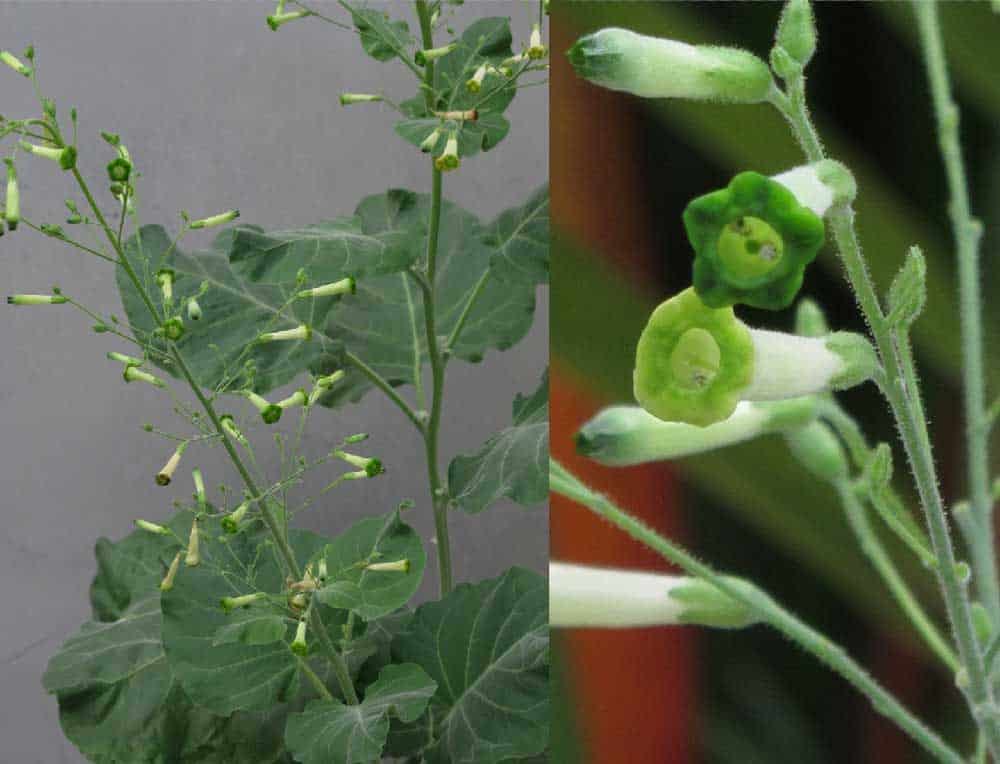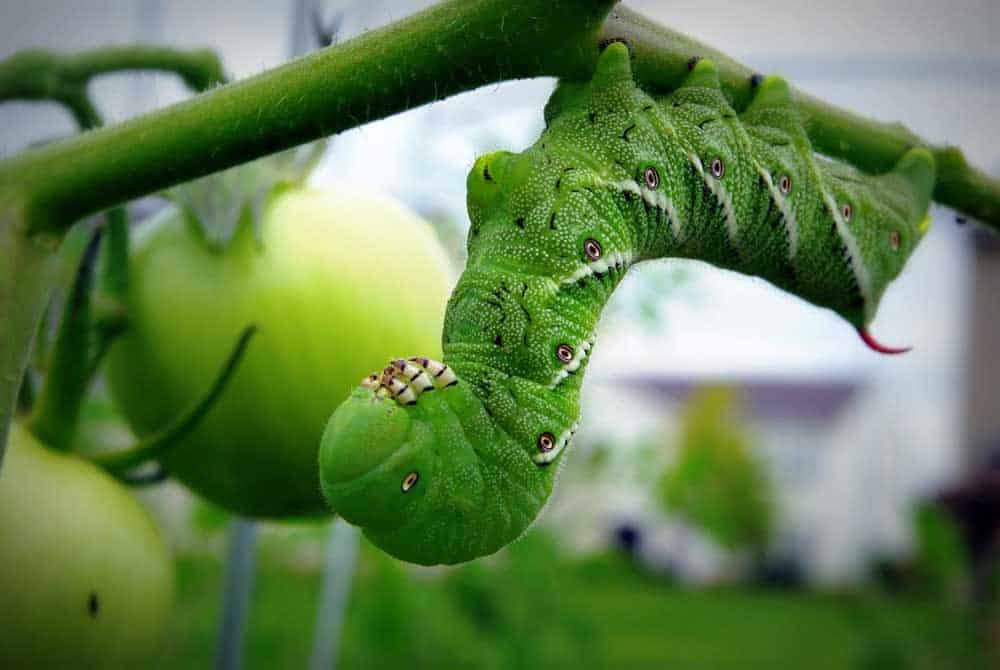Nicotiana paniculata: An Ornamental Plant with Many Uses
Nicotiana paniculata, also known as panicle-flowered tobacco, is a graceful, upright plant that’s gaining popularity in UK gardens—not just for its striking appearance but also for its versatility and pollinator appeal.
A Little Inquisition
Tobacco has played a significant role in human history for thousands of years. Used in medicine, rituals, ceremonies, and as gifts, it’s been part of cultural practices for millennia. When Christopher Columbus arrived in the Americas in 1492, he and his crew were welcomed by Indigenous peoples—who shared with them, among other gifts, tobacco.

At that time, Native American communities had already been cultivating tobacco for over 8,000 years.
One of Columbus’s crewmen, Rodrigo de Jerez, is often credited with being Europe’s first smoker. But his habit caused quite a stir—his neighbours were so shocked by the sight of smoke pouring from his mouth and nose that they reported him to the Spanish Inquisition, who promptly threw him in prison for seven years! By the time he was released, smoking had caught on across Europe.

From the 15th century onward, tobacco seeds were planted at ports around the world by sailors and settlers. By the 16th century, tobacco use had spread throughout most of Europe.
If you’re interested in keeping the tradition alive—but without the smoking—you can grow tobacco plants in your own garden. One beautiful variety to try is Nicotiana paniculata. This ornamental plant is not just attractive, with bright green, spade-shaped leaves and tall flowering stems tipped with green tubular blooms—it’s also loved by pollinators like bees and butterflies.
Part of the tobacco plant family (Solanaceae), Nicotiana paniculata is grown primarily as an ornamental plant. With its tall, leafy stems and elegant panicles of tubular flowers, it makes a lovely addition to borders or wildlife-friendly planting schemes.
It thrives in full sun and well-drained soil and can reach impressive heights—sometimes over 1.5 metres. Despite its tropical looks, it’s surprisingly easy to grow in the UK during the warmer months.
Why Grow Nicotiana paniculata?
Aside from its good looks, here are a few reasons to consider adding it to your garden:
- Attracts pollinators: The tubular blooms are a magnet for bees, butterflies, and moths, particularly in the evening when the flowers release their scent.
- Natural pest deterrent: While not a replacement for proper pest control, the strong-smelling foliage is thought to discourage some unwanted visitors.
- Soft structure for borders: Its upright but airy form adds movement and height without overshadowing neighbouring plants.
- Interesting backstory: As a relative of cultivated tobacco, it makes a great talking point in more curious or educational garden settings.

Easy to Grow, Rewarding to Cultivate
Like most tobacco species, Nicotiana paniculata is naturally resistant to many pests and becomes fairly hardy once established. You can grow Nicotiana paniculata from seed or pick up young plants from specialist nurseries in spring. It’s surprisingly easy to grow:
- Start seeds indoors in early spring
- Transplant outdoors or into a greenhouse after the last frost
- For convenience, you can also grow it indoors under plant lights
- If you’re concerned about soil contamination, try using large pots or containers
- Avoid growing tobacco in the same spot year after year—rotate planting areas to protect your soil
Growing Tips
- Soil: Well-drained, fertile soil
- Light: Full sun for best flowering
- Watering: Regular watering during dry spells, especially when young
- Support: May need light staking in exposed spots
There are not many threats to tobacco plants in the UK, but one to look out for is the Tobacco Hornworm, the caterpillar of the Hawk Moth. These pests can munch their way through leaves if left unchecked—but otherwise, you’ll likely have an easy, hands-off growing experience.

Tobacco plants aren’t entirely defenceless when it comes to pests. In fact, they’ve evolved a rather clever line of defence. When caterpillars start feeding on their leaves, compounds in the insect’s saliva react with chemicals naturally produced by the plant. This interaction triggers a chemical signal that acts like a beacon, attracting the caterpillar’s natural predator—the Geocoris, commonly known as the “big-eyed bug”. It’s a fascinating example of plant-pest-predator interaction, and you can read more about it in this excellent Discover Magazine article.
A Word of Caution
Like other members of the Nicotiana family, this plant contains alkaloids and is considered toxic if ingested—so it’s best avoided in gardens where pets or small children may be tempted to nibble. Always wash your hands after handling.
Looking for Something a Bit Different?
If you enjoy experimenting with more unusual plants, or you’re creating a pollinator-friendly garden with a twist, Nicotiana paniculata might just be worth a try. Its elegant, architectural shape and subtle evening scent give it a charm all of its own.
🌿 Best Companion Plants for Nicotiana paniculata
1. Verbena bonariensis
A tall, airy perennial that weaves through borders. Its lilac flowers complement Nicotiana’s palette and both attract butterflies and bees.
2. Salvia nemorosa or Salvia ‘Amistad’
Deep purples and blues work beautifully alongside Nicotiana’s soft greens and whites. Salvias also flower for months and attract pollinators.
3. Gaura lindheimeri (Whirling Butterflies)
Its fluttery white or pink blooms add movement and delicacy to the planting. A perfect textural contrast to Nicotiana’s more upright habit.
4. Cosmos bipinnatus
Adds a cottage-garden feel, with daisy-like flowers and fine foliage. Cosmos and Nicotiana both flower for long periods and handle similar conditions.
5. Rudbeckia fulgida ‘Goldsturm’
Bold yellow flowers that flower late into summer. The contrast in colour adds warmth, and they’ll share pollinator traffic with Nicotiana nicely.
6. Ammi majus or Orlaya grandiflora
Umbel-shaped white flowers that add lightness and softness around the base of taller planting—great for that airy, meadow-style look.
7. Grasses like Stipa tenuissima or Pennisetum alopecuroides
Provide texture, movement and softness—particularly lovely if you want to create a more naturalistic border or soften harder lines.